Nelly Ben Hayoun
From the pages of latest issue of the Protein Journal, we speak to Nelly Ben Hayoun about working with NASA, blending science with art and her seemingly endless enthusiasm for instilling wonder
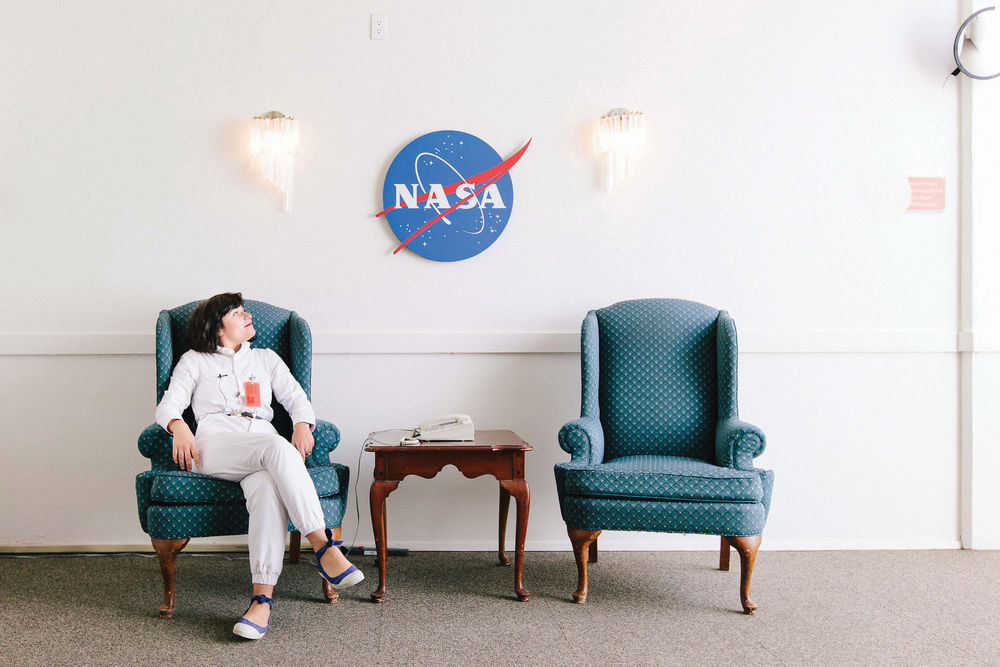
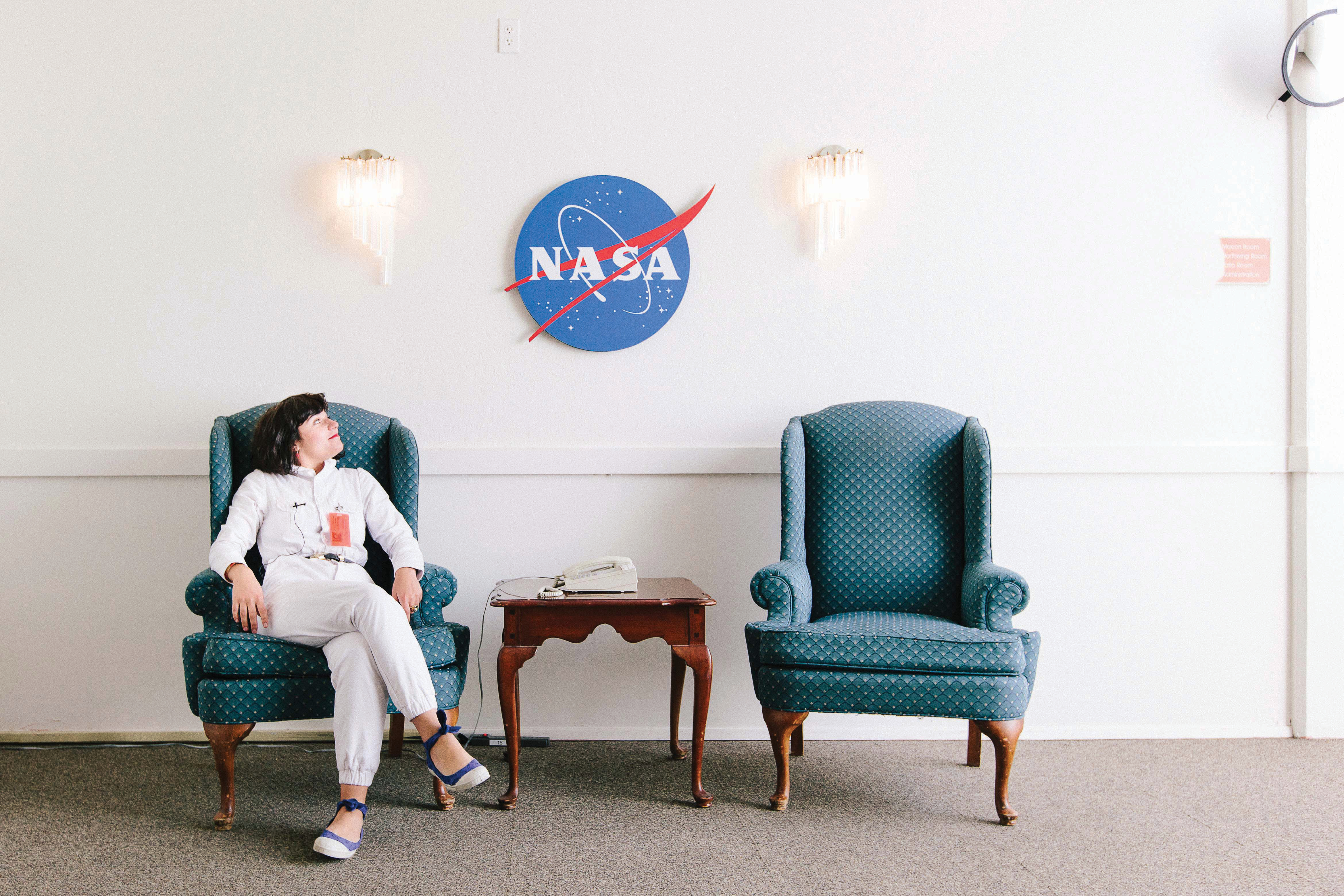
Originally printed in the City Issue of the Protein Journal. Available here.
Most people tend to avoid things they don’t understand. Fortunately, Nelly Ben Hayoun is not most people. The young, French, London-based designer’s portfolio is as lengthy and impressive as it is bizarre. With a roster of clients – such as NASA and the SETI Institute – that reads more like a list of set locations for a sci-fi movie, her work has led her down some peculiar paths. “What drives me? Manufacturing the impossible,” she says.
Nelly’s personal fascination with science has led her to create work as diverse as building volcanos in people’s living rooms to making exploding armchairs and underwater canals dotted with balloons representing sonic boom-blasted subatomic particles. But her ideas are about more than simply helping people understand scientific ideas – they’re about cultivating a sense of passionate fascination for the subject matter.
“As a designer, people expect you to make product, or to make chairs or tables; things that make people’s lives easier in some sense,” she says. But where most designers will work to make a space or an object desirable, practical or simply better, Nelly has a different agenda: “I design experiences,” she says.
Her specific focus is on engaging with people through events, performances and interactive installations. The nature of these projects has led her to collaborate with an unusual bunch, including California’s NASA’s Ames Research Center and SETI (Search for Extraterrestrial Intelligence) Institute, where she has recently become Designer of Experiences.
Nelly’s latest project is the most ambitious to date. Over the past two years, she put together and trained a team of nearly 50 space scientists to create The International Space Orchestra (ISO), a choir and orchestra that has performed all over the United States. A film of the project is currently touring the globe.
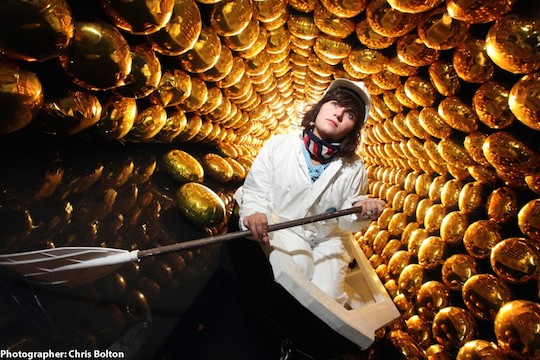
“The project gets you thinking about how it all functions and who the people behind the missions are,” she says. Ground Control: An Opera in Space is a 27-minute-long composition that conveys the drama and tension felt during the Apollo 11 mission through a musical performance – a medium that everyone can engage with.
From flight directors to synthetic biologists, the orchestra is made up of individuals from NASA’s Ames Research Center, the SETI Institute, The Singularity University (SU) and The International Space University (ISU). Part-theatre, part-opera, and with luminaries such as Damon Albarn and Bobby Womack, Japanese pop star Maywa Denki, Arthur Jeffes of Penguin Cafe and science fiction author Bruce Sterling all on music composition and lyric-writing duties, the ISO is a perfect example of Nelly’s objective – to create something that reaches people on an emotional level by striking a balance between suspense, fun and wonder. Or, as she puts it, “the human element behind space missions, the emotion; that’s what the International Space Orchestra was about.”
So how does Nelly manage to persuade such prominent and distinguished names to be involved in a project this unusual? “When someone tells me ‘no’, I come back and keep coming back again and again and again,” she laughs. “I will never ever stop.”
Ground Control was performed at a variety of unconventional global locations during 2012, including in the world’s largest wind tunnel at the Ames Research Center and at San Francisco’s Davies Symphony Hall, which included a one-off performance with Beck. And the opera shifted into an even higher orbit this year: in August, a recording of the performance was put in a rocket and – rather appropriately – was launched into space to the International Space Station (ISS). A special film screening about the orchestra will also be shown at London’s V&A museum this September. [Editor's note - this interview was originally published in August 2013]
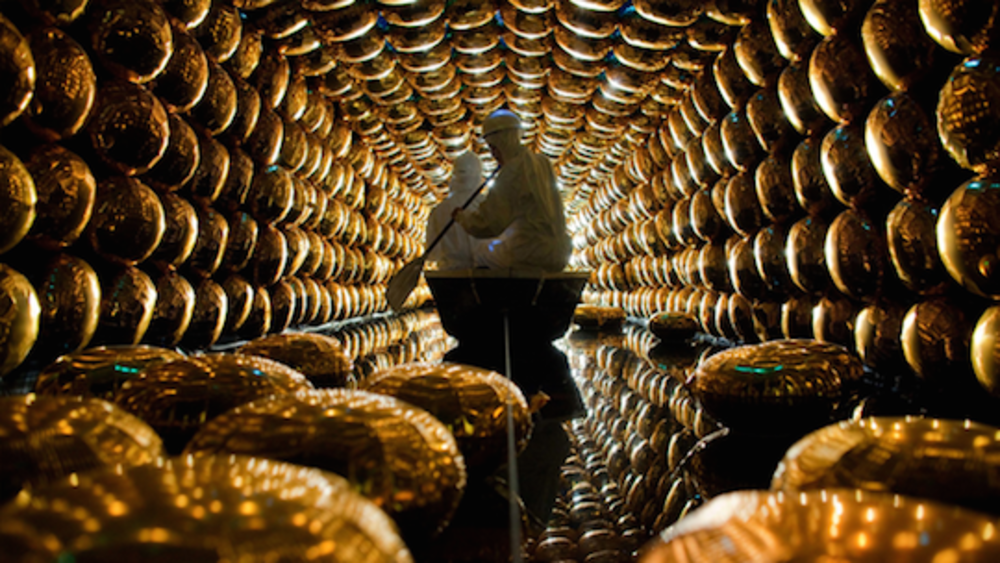
When someone tells me ‘no’, I come back and keep coming back again and again and again,” she laughs. “I will never ever stop.” “I guess I am just very curious, and science intrigues me,” Nelly explains, regarding her motivation. “The scientific quest for knowledge, to me, means scientists are real explorers.” However, she stresses the importance of maintaining a balance when working with scientists: “I don’t believe that a scientist is a designer and I don’t believe a designer is a scientist.” Though she believes they both share common ground when it comes to outlandish thinking, “scientists are able to stretch their minds and their research enough for something that is of a mega-scale, but then summarise it into one experiment,” she says. Nelly shares this flexibility of mind with the scientific community – as well as indomitable enthusiasm. “I’m just excited by everything that’s around me,” she laughs.
You may assume that Nelly’s role in this scientist-designer dynamic is one of interpreter, taking dauntingly unintelligible concepts and simplifying them into a language that everyone – not just those holding a PhD – can understand. The truth is that her work is more about creating questions than answering them. “Scientists will often come to me and be like, ‘Here is my research. Do something that is going to engage the public in a nice way’. I usually never do that. The ideas are… there to generate debate,” she says.
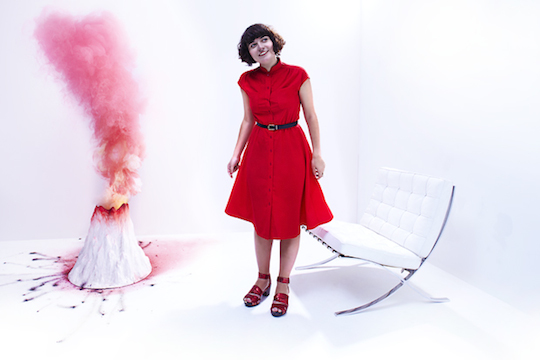
The challenge is to create something that engages people on an emotional level and getting them to understand the feeling and excitement behind a project rather than just the theory. To do this she uses her strategy of ‘engagement through immersion’, which takes inspiration from figures such as early 20th-century Surrealist theatre director Antonin Artaud. “Members of the audience are forced to experience things they may not necessarily want to,” she grins.
And like Artaud before her, Nelly likes to throw people into the deep end. “I come up with these events. People that see them are usually intrigued, but as far as participating goes, I don’t really think I’ve given them a choice,” she laughs. “I want to create something that is just so strong when you experience it that you will want to know more.”
Photo courtesy of Neil Berrett, in addition, in the printed version of this profile we apologise for miscrediting photographs from Nick Ballon as 'Nick Vallon' and missing David Benqué's photo credit.http://www.nellyben.com/


